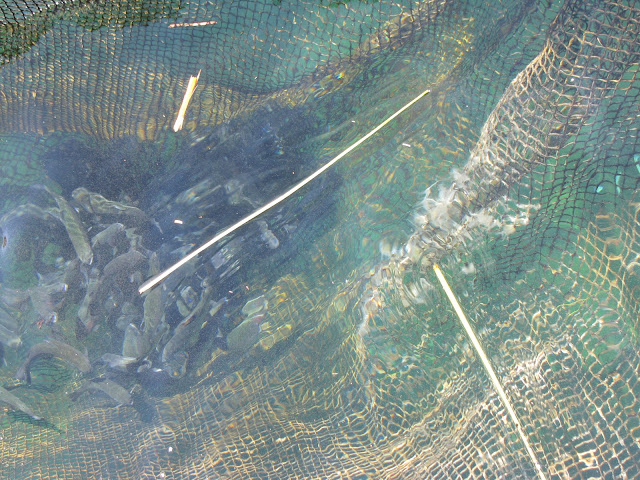Considered the largest high-altitude lake in the world, Lake Titicaca, amid the stark plains of the altiplano at 3808m, is a remnant of an ancient inland sea. The lake’s traditional Aymara villages, ancient legends and snow-topped peaks in the background provide a magical landscape and experience.

Still, serene and spiritual, this vast lake of blinding light and calm water is the birthplace of one of the greatest empires in history. At Lake Titicaca the children of the Sun stepped forth from the sacred rock that still stands near the tip of the Isla del Sol, and the Inca culture began. We arrive in Copacabana just in time to watch a fiery sunset.
Nestled between two hills and perched on the southern shore of Lake Titicaca, Copacabana is a small, bright and enchanting town. It was for centuries the site of religious pilgrimages, and today the pilgrims flock to its fiestas. The Moorish-style cathedral dominates the town with its domes and colourful blue ceramic tiles.
The carved wood doors of the Cathedral depict some of the town’s history.
The strenuous climb up the hill north of town, the Cerro Calvario, is worth the effort for its beautiful views of the city below.
On Sundays many car and truck drivers come to have their vehicles blessed by one of the local priests in a ceremony that involves lots of garlands.
The swaying reeds on the water’s shore provided the material for the first boats on Lake Titicaca, and today there are still a few craftsmen who remember how to make boats from reeds, as their ancestors did. We take a modern tourist-ready version to another modern tourist-ready version of a ‘floating island’ and the trout farms that surround it.
The Indians of Lake Titicaca live on floating islands made by hand from the totora reeds that grow in abundance in the shallow waters of the lake. They began their floating existence centuries ago in an effort to isolate themselves from the Incas and other tribes. The islands first came into contact with the modern world in the mid-1960s, and their inhabitants now live mostly off tourism. There are a couple hundred natives still living year round on the islands. The island’s reeds are constantly replenished from the top as they rot away, so the ground is always soft and springy.
We take a tour of Isla de la Luna. The island was similar to a convent. The women here wove garments by hand with alpaca wool and performed special ceremonies dedicated to the sun.
Bolivia is the dustiest country we have ever been in so a mask is part of Sandi’s daily wardrobe.
The ruins of an Inca nunery for the Virgins of the Sun occupy an amphitheater-like valley. It´s constructed of well-worked stone set in adobe mortar, and was where chosen girls, believed to be around eight years, were presented as an offering to the sun and moon.
Isla del Sol is the legendary Inca creation site and the birthplace of the sun in Inca mythology. A network of walking tracks make exploration easy. We choose to walk the 9 km length of the island on an old, Inca pathway passing wild llamas, herds of sheep and taking in some breathtaking vistas.
At over 4000m lots of breaks are needed to catch our breath.
Lunch is our reward at the end of our hike but we only have time for a shared beer and a Toblerone before the last boat leaves the island for the day.





































No comments:
Post a Comment